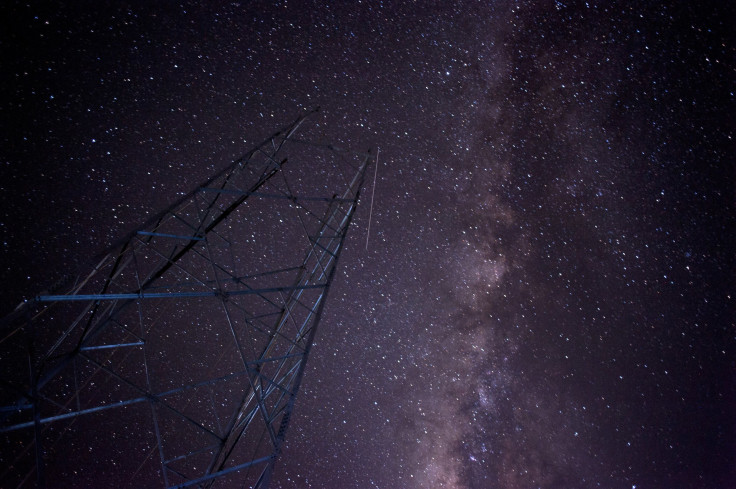Stellar Desert With No Young Stars At The Center Of Milky Way, New Study Finds

The center of the Milky Way contains an abundance of older stars as compared to the relatively younger ones but a new study shows that the number of the younger ones may be even lesser than was previously anticipated.
In comparison to the sun — that is about 4.6 billion years old — these young stars, or Cepheids, are only between 10 to 300 million years old. To understand how the galaxy was formed and how it evolved over time, analyzing the distribution of stars is important and the Cepheids prove to be helpful in this.
Cepheids, also referred to as pulsating stars for their ability to throb in brightness over a regular cycle, are monitored to gauge their precise brightness and the data is then compared with what is visible from Earth to work out a distance.
Now, an international team of researchers from Japan, South Africa and Italy have discovered a large area at the center of the Milky Way that is completely devoid of these pulsating stars.
The lead author of the study, Noriyuki Matsunaga, from the University of Tokyo, said in a press release: “We already found some while ago that there are Cepheids in the central heart of our Milky Way (in a region about 150 light years in radius).”
“Now we find that outside this there is a huge Cepheid desert extending out to 8000 light years from the centre,” he added.
Cepheids are difficult to find because of interstellar dust that blocks light, hiding the stars from view. The team was able to see past the dust by using a near-infrared Japanese-South African telescope at Sutherland, South Africa. However, the study revealed hardly any pulsating stars around a region almost 1,000 light years wide from the core of the galaxy.
According to the researchers, this means that a massive part of the Milky Way — known as the Extreme Inner Disk — contains no young stars.
“Our conclusions are contrary to other recent work, but in line with the work of radio astronomers who see no new stars being born in this desert,” said Michael Feast, a co-author of the study, in the press release.
The study was published in the Monthly Notices of the Royal Astronomical Society.
© Copyright IBTimes 2024. All rights reserved.






















